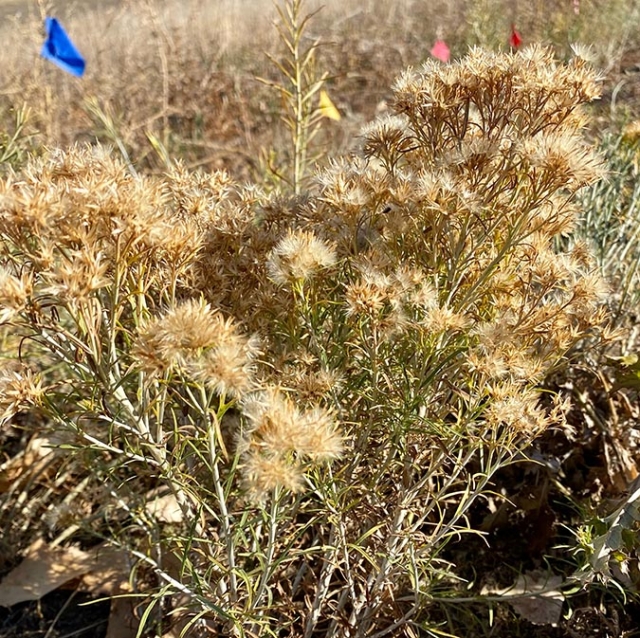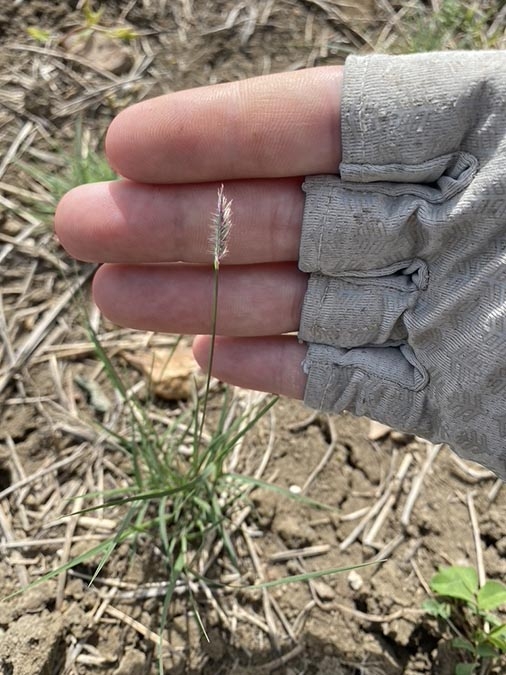Graduate Research on Native Seeds for Restoration
If you’re going to be planting plants, you are going to need seeds. Do you know where your seeds come from? When land managers consider putting native plants into natural landscapes to restore degraded areas, deciding where to get seeds is an important step in this process.
Seeds can be acquired in different ways, and scientists increasingly agree that wild-collected seed (seeds collected directly from plants in their natural habitat) from native plants is best. When native, wild-collected seed is used, there is a higher chance that those plants will already be well adapted to the environment they will be grown in. This makes it important to collect seed as close as possible to the area being restored.
Ensuring large amounts of wild-collected native seed is available to land managers is critical as events like wildfires become more destructive. After a wildfire, it can take thousands of pounds of seeds to restore native plants to the landscape. Acquiring this much seed is challenging as it requires a lot of time and people to collect. Experts in the field are addressing this need by creating programs such as the Bureau of Land Management (BLM)’s Seeds of Success and implementing plans like the National Seed Strategy.
At the Gardens, members of our research staff – including myself – are contributing to research on this topic so restoration efforts in Colorado are improved using native seed. As part of obtaining my master’s degree through the University of Colorado Denver, I worked with researchers at the Gardens to study local adaptation and the importance of seed sourcing for restoration in two common native grassland species: Bouteloua gracilis (blue grama) and Ericameria nauseosa (rubber rabbitbrush). Conducting a large common garden experiment at Chatfield Farms, I researched whether plants did better depending on their seed collection source site.

Close up of ripe seeds on a Rubber Rabbitbrush shrub.

A small Blue grama individual in flower.
At the Gardens, members of our research staff – including myself ¬– are contributing to research on this topic so restoration efforts in Colorado are improved using native seed. As part of obtaining my master’s degree through the University of Colorado Denver, I worked with researchers at the Gardens to study local adaptation and the importance of seed sourcing for restoration in two common native grassland species: Bouteloua gracilis (blue grama) and Ericameria nauseosa (rubber rabbitbrush). Conducting a large common garden experiment at Chatfield Farms, I researched whether plants did better depending on their seed collection source site.
Overall, I found that a seed’s regional origin affected traits like the height of the plants and when they flowered. In some cases, I was able to predict how the plants would perform based on what the climate was like in their source region. This is the beginning of a longer-term project being conducted by the Gardens in partnership with the BLM, so stay tuned for more results over the next few years.
This post was contributed by Graduate Student Megan Clark.
Add new comment